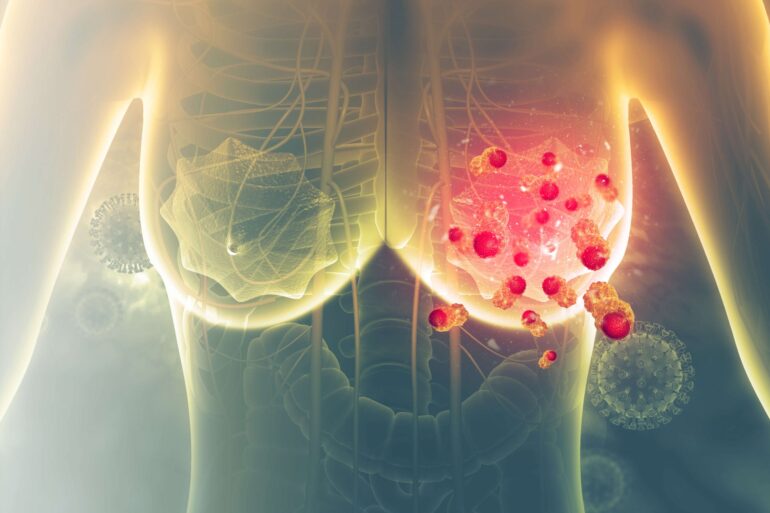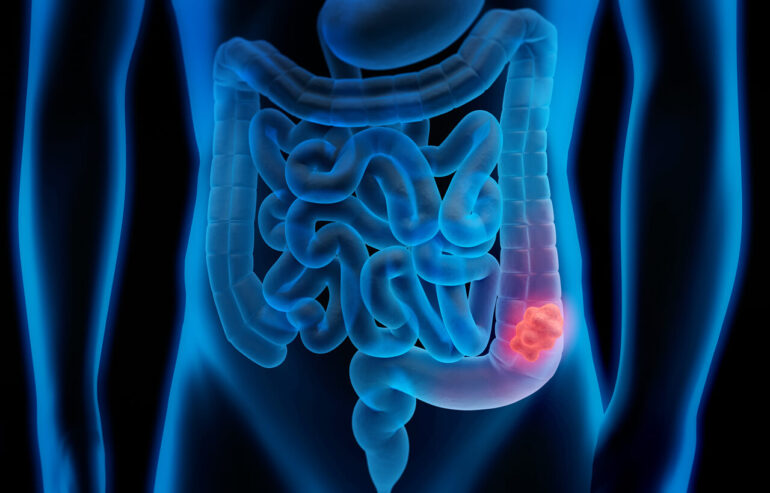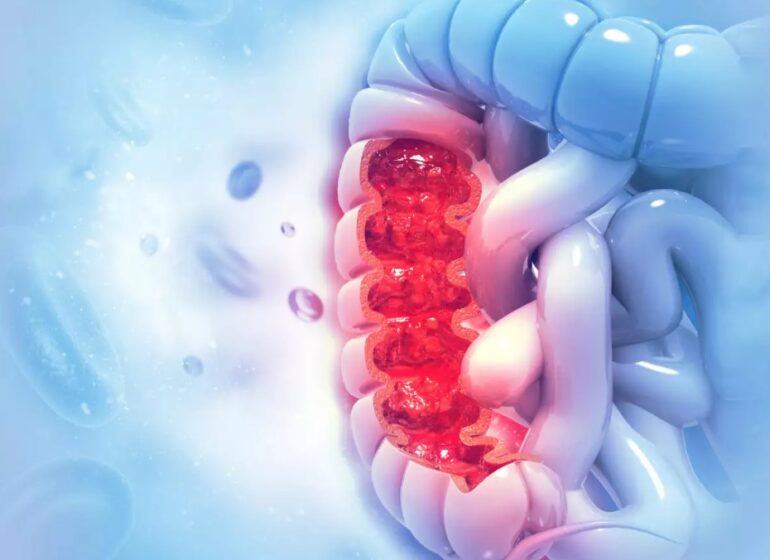Cancer is a disease when the body’s cells start growing excessively. It can originate in various organs, including the lungs, breasts, colon, skin, and others. There are roughly 100 cancer types that afflict both men and women equally.
This article enlists the three most common cancers among females. It will also go through the factors that might elevate your probability of developing this condition.
1. Breast Cancer

Breast cancer is the most common in females. Every year, there are about 264000 cases of breast cancer in the US. This is because women have higher estrogen and progesterone, two feminine hormones. This makes the breasts more sensitive to cancer-causing chemicals in the environment.
Another major contributor is lifestyle choices such as cosmetic and beauty treatments. For example, women are likely to get hair straightening treatments that expose them to cancer-causing chemicals like formaldehyde. If you ever underwent hair straightening treatment and are now suffering from breast cancer, then the hair straightening product and its manufacturer is to blame for not warning you.
In that case, you can consider filing a hair straightening cancer lawsuit against the manufacturer. How will this help? The lawsuit will provide you with the compensation you merit and require to pay for your health expenses.
Another factor contributing to breast cancer is hormone replacement therapy (HRT). Women taking HRT to double their likelihood of developing breast cancer. This is because feminine hormones increase the size of breast tissue cells. Likewise, genetics, circulation, obesity, birth control pills, age, and environment can also contribute to breast cancer.
It’s thus essential to know your breast cancer risk factors and get regular checkups. Look for symptoms like a lump that feels different from other breast tissue, changes in size or shape of your breast, a rash on your nipple or around it, or nipple discharge that doesn’t look like breast milk. This will help with early detection and immediate treatment. Finally, get annual mammograms for earlier diagnoses.
2. Cervical Cancer

Cervical cancer is the most common type of cancer among women, and it’s usually found in women over 30 years old. It’s caused by human papillomavirus that can be transmitted by sexual contact with someone infected.
You can treat cervical cancer through surgery. But if you catch it early enough by getting regular pap smears, there may not be any symptoms like vaginal discharge, bleeding, foul smell, etc. Make sure you get regular check-ups at your doctor’s office so they can catch any signs early on before they become serious problems.
If you’re worried about having cervical cancer because your mom had it, too, don’t worry! The easiest approach to avoid contracting this disease is to be immunized against human papillomavirus (HPV). See your gynecologist ASAP for vaccination. They can administer it before things get out of hand.
3. Colorectal Cancer

Colorectal cancer affects 1 in 25 women. It is caused by changes in genes or loss of genetic material in cells that line your intestines or anus. These changes can be inherited or occur for no known reason during your lifetime.
The condition inflames the colon. The colon is a section of your digestive system, along with the small and large intestines. Colon cancer starts in the innermost layer of cells that line your colon or rectum, the end portion of your large intestine.
The following factors may increase your chances of getting colorectal cancer:
- Age – You’re at more risk of colorectal cancer if you’re older than 50.
- Family history – If you have a history of colorectal cancer, your chances of having it are higher.
- Obesity – Excess weight increases blood sugar levels, damaging cells throughout your body and eventually colorectal and other cancer types.
- Diet – Overeating red meat has been linked to colorectal tumors.
- Inflammation – Inflammatory bowel disease can contribute to developing colorectal cancer.

Colorectal cancer indicators differ depending on where the lesion is housed. If you notice the following symptoms, see your doctor:
- Blood in your stool
- Change in bowel habits, such as feeling that it takes longer to pass a bowel movement
- Abdominal pain – especially if the pain doesn’t go away after a bowel movement
- Weight loss that can’t be explained by diet and exercise
If you have colorectal cancer, your doctor may suggest a mix of treatments. The treatment plan will be determined by factors such as the location of the tumor(s), size, how soon it was detected after symptoms appeared, your overall health, and age. The success of treatment is influenced by how early it was detected and how effectively it works.
Conclusion
Cancer ranks as the secondary culprit of death in the US after heart disease. However, you can lower your risk by taking preventative measures. Of course, this means making healthy lifestyle choices and getting regular checkups. But it also means knowing your family history and paying attention to any warning signs indicative of cancer.
As we mentioned earlier, women are more susceptible to certain types of cancers than men, but that doesn’t mean they’re powerless against them. Knowing about these three common female cancers is an essential first step toward reducing your chances of getting them.
We know it can be overwhelming and confusing, but there are many resources to help guide you through it all. The best thing is to request support from your healthcare provider.

